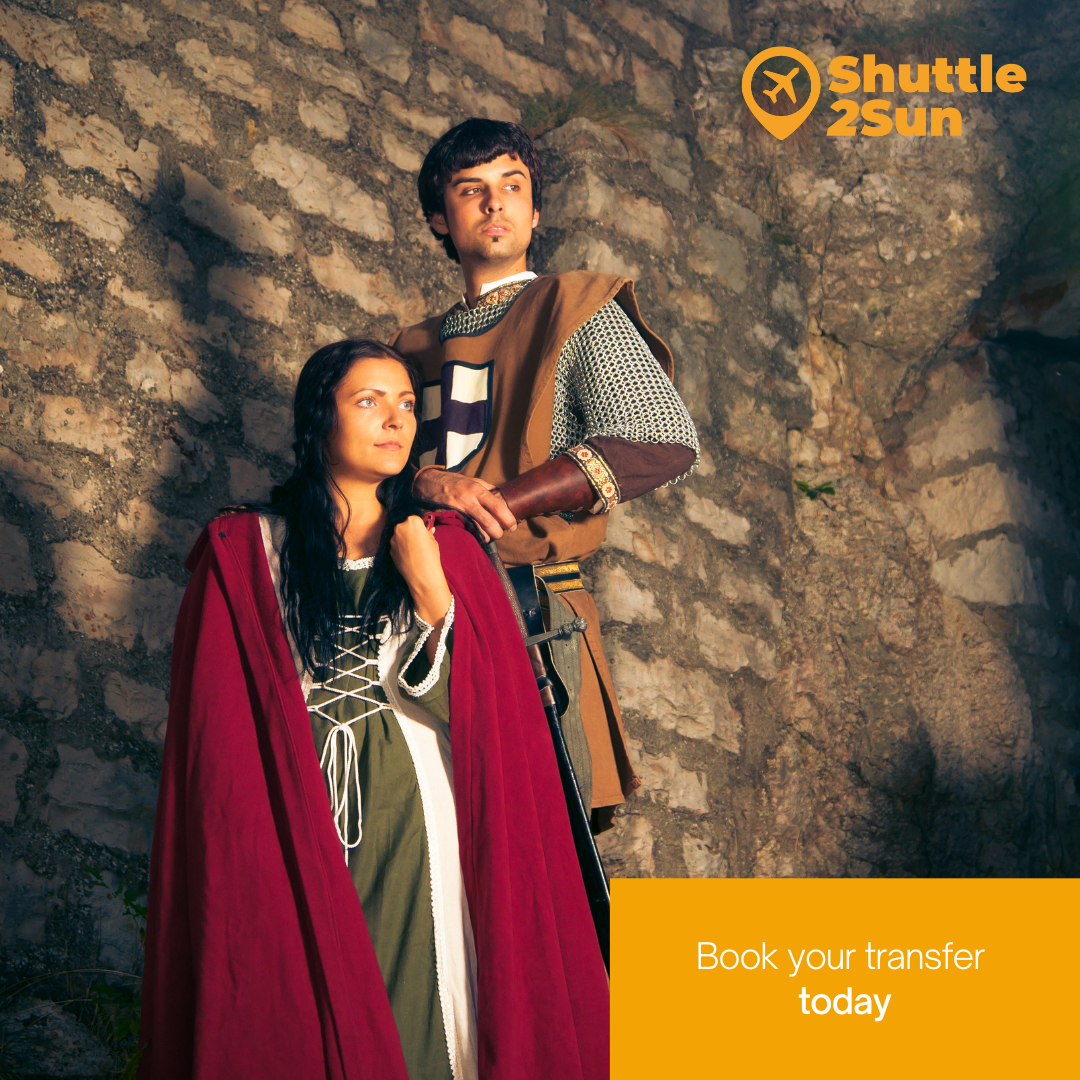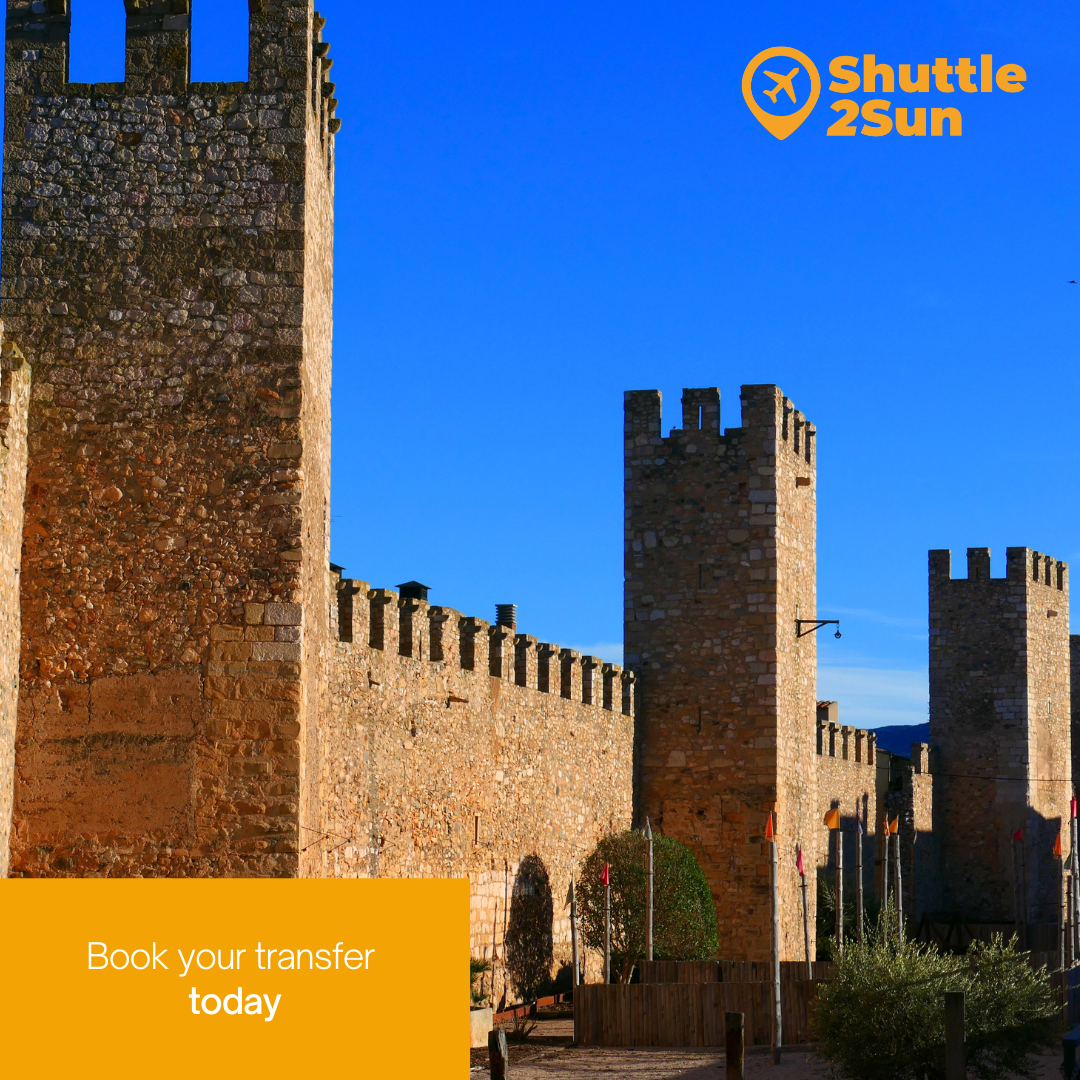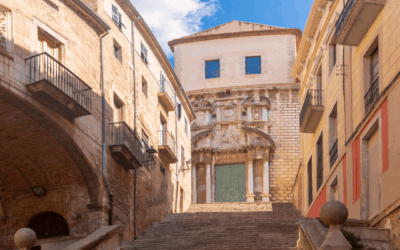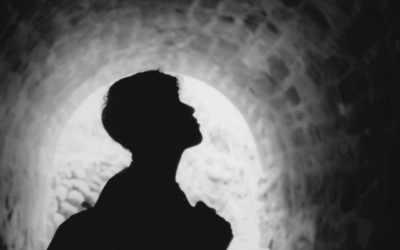Every spring, Catalonia is adorned with roses and books to celebrate one of its most cherished festivities: the Diada de Sant Jordi (Saint George’s Day). On this day, which blends culture, romance and tradition, the streets come alive, but there is one place where the celebration takes on a legendary character: Montblanc. This medieval town in the inland Costa Dorada, very close to destinations such as Tarragona, Salou, Reus, Cambrils and La Pineda, transforms its streets and ancient walls to bring the myth of Sant Jordi to life.
Montblanc doesn’t merely commemorate the festivity but transforms it into an authentic historical re-enactment. The entire town participates in organizing Montblanc’s Medieval Week, a celebration declared a Festival of National Tourist Interest, which attracts thousands of visitors every year, captivated by its cultural richness and sense of authenticity.
In this article, we will explore the most representative elements of this celebration in Montblanc. If you want to enjoy this charming event, we recommend the shared transfer services and private transfer services, low-cost and sustainable, offered by Shuttle2Sun, from Barcelona airport, the port of Barcelona, Reus airport, Girona airport and Camp de Tarragona AVE train station.
The origin of the Diada de Sant Jordi (Saint George’s Day)
The Diada de Sant Jordi, celebrated every 23rd of April, is one of the most deeply-rooted festivals in Catalonia, combining historical devotion, literary symbolism and popular romanticism.
The figure of Sant Jordi (Saint George) has its roots in the 3rd century, when he was a Roman soldier born in Cappadocia (present-day Turkey) a Christian martyr during the reign of Emperor Diocletian. His refusal to renounce his faith earned him his execution on April 23rd, 303, and, subsequently, deep veneration throughout the Christian world.
Discover the legend
The most well-known legend tells of a fearsome dragon that terrorised a kingdom by demanding human sacrifices. When the king’s daughter was chosen as the next victim, Sant Jordi, a brave knight, appeared and defeated the beast with his lance.
From the dragon’s blood, a rosebush of red roses bloomed, and the knight offered one of them to the princess as a symbol of peace, love and hope. This deeply symbolic scene represents the victory of good over evil, of light over darkness. According to some versions of the legend, this event took place in the town of Montblanc.

From the 15th century onwards, Sant Jordi was recognised as the patron saint of Catalonia, and over time, his feast day was enriched with new meanings. By the 20th century, the tradition of giving a rose – a gesture representing the knight’s offering – was complemented by the gift of a book, in honour of great literary figures such as Cervantes and Shakespeare, who both died on April 23rd.
Thus, the Diada de Sant Jordi as we know it today was born: a celebration of culture, love and Catalan identity. In Montblanc, this story is brought to life in a truly special way, with a medieval setting that turns the legend into lived experience — shared and deeply rooted in the community.
Come to Montblanc to discover the origin of this Catalan celebration! So that you can reach the different destinations of Costa Dorada this Sant Jordi, remember that you have at your disposal the shared transfer services and private transfer services, low-cost and sustainable, of Shuttle2Sun, from Barcelona airport, Barcelona port, Reus airport, Girona airport and Camp de Tarragona AVE train station.

Montblanc Medieval Week
Coinciding with the festival of Sant Jordi, Montblanc is transformed, until the 4th of May, into an authentic mediaeval town as it hosts its celebrated Mediaeval Week. This celebration transforms the historic centre of the town into a vibrant setting where the past comes to life. Cobbled streets, banners in the wind, torches and shields turn Montblanc into a journey back in time that captivates visitors of all ages.
Historical re-enactment: performances, dances and knights
Medieval Week offers a rich programme of historical re-enactment activities. Among the most eagerly awaited are the medieval dance performances, where local residents and groups faithfully revive the choreographies of the period. The chivalric school offers the public a glimpse into the art of swordsmanship and the customs of the knights, while the medieval camp allows visitors to discover what daily life was like for soldiers and squires.
In addition, the parades and travelling performances fill the days with music, colour and theatricality, with jesters, minstrels and mythical characters that surprise at every turn. Undoubtedly, the most eagerly awaited moment is the performance of the legend of Sant Jordi, a night-time montage that combines pyrotechnics, dramatisation and visual effects to reenact the legendary battle with the dragon at the foot of the wall.
Medieval market and display of traditional crafts
One of the great attractions of Medieval Week is its themed market, which is spread around the historic centre with more than a hundred stalls. Craftsmen, traders and masters of ancient trades – such as blacksmiths, potters, carpenters and tanners – demostrate their skills and sell handmade goods, from traditional jewellery to leather and woodwork. This carefully decorated market allows visitors not only to purchase unique products, but also to witness live demonstrations that revive age-old techniques.
Wine and cava exhibition
As one would expect in a region rich in wine-making tradition, Montblanc Medieval Week also gives space to the palate with the Wine and Cava Show of the DO Conca de Barberà. This space brings together local wineries that present their latest and best products, allowing visitors to taste reds, whites, rosés and sparkling wines made from local varieties.
For those seeking an authentic and engaging way to experience the Diada de Sant Jordi, Montblanc welcomes you with open arms. Shuttle2Sun offers its shared transfer services and private transfer services, economic and sustainable, to reach Tarragona and Costa Dorada, from Barcelona airport, Barcelona port, Reus airport, Girona airport and Camp de Tarragona AVE train station.



